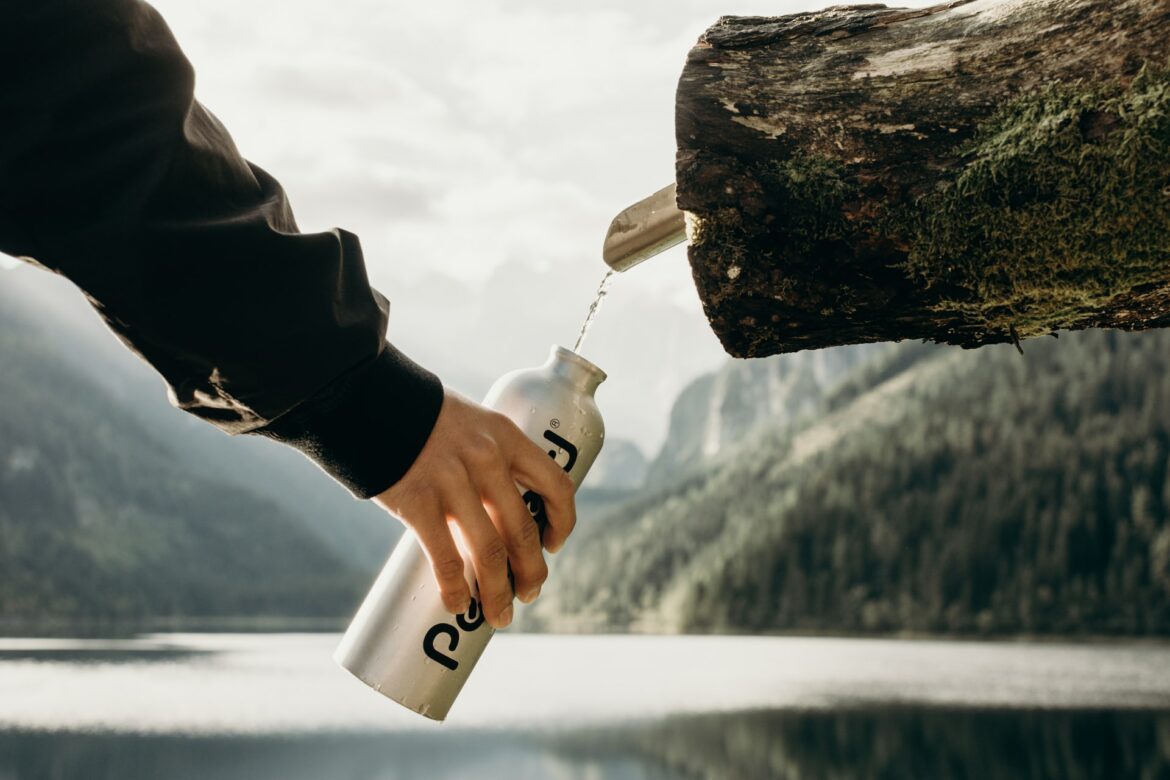When venturing into the wilderness, finding water can be a critical challenge for survival. Whether you’re camping, hiking, or backpacking, water is essential for hydration, cooking, and sanitation. However, finding water sources in the wilderness can be difficult, especially if you are in a dry or arid region. In this article, we will discuss some tips for finding water in the wilderness to help you stay hydrated and safe.
1. Look for Greenery
Plants need water to survive, so looking for greenery can be a good indicator of a water source. Vegetation such as trees, bushes, and other plants can help you find water, as their roots often reach down to underground water sources. You can also look for lush vegetation or thick foliage, which can indicate a nearby water source.
2. Follow Animal Trails
Animals need water just as much as humans do, and they will often follow established trails to find it. If you come across animal tracks or trails, follow them to see if they lead to a nearby water source. You can also look for animal droppings, as they may contain moisture and can indicate that an animal recently drank from a nearby water source.
3. Listen for Water
The sound of running water can be a good indicator of a nearby water source. If you hear water, follow the sound to see if you can locate the source. Waterfalls, streams, and rivers are all good sources of water, and they can often be heard from a distance. Be cautious when approaching bodies of water, as they may have strong currents or hidden dangers.
4. Look for Low-Lying Areas
Water tends to flow downhill, so looking for low-lying areas can be a good way to find water. You can look for areas where the ground is saturated or where there is standing water. These areas can indicate a nearby water source or a water table close to the surface.
5. Check for Dew
In the early morning, dew can collect on plants and grasses. You can use a cloth or piece of clothing to wipe the dew off the plants and collect it in a container. While this method may not provide a large amount of water, it can be a good way to supplement your water supply.
6. Look for Signs of Moisture
Moisture can accumulate in various places, including rock crevices, caves, and depressions. You can also look for signs of moisture such as green moss or algae growing on rocks or trees. These signs can indicate a nearby water source or an area where water is more likely to be found.
7. Use a Solar Still
A solar still is a simple device that uses the sun’s heat to evaporate moisture and collect it as drinking water. To make a solar still, you will need a clear plastic sheet, a container, and a rock. First, dig a hole in the ground and place the container in the center. Next, place the rock in the center of the container and cover the hole with the clear plastic sheet. Secure the edges of the sheet with rocks or dirt, leaving a small hole in the center. As the sun heats the ground, moisture will evaporate and collect on the underside of the plastic sheet, dripping into the container.
8. Carry a Water Filter or Purification Tablets
Even if you find a water source, it may not be safe to drink without treatment. Water filters and purification tablets can help remove bacteria, viruses, and other contaminants from the water, making it safe to drink. Make sure to read the instructions carefully and follow the recommended dosage.
9. Plan Ahead
One of the best ways to ensure you have enough water in the wilderness is to plan ahead. Research the area you will be visiting and find out where water sources are located. Consider carrying

